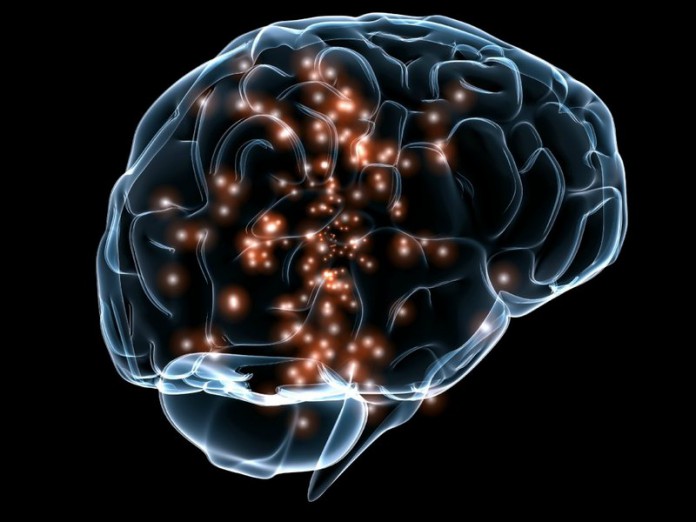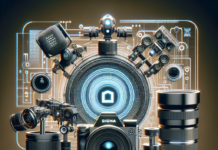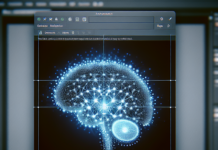A team of German scientists has found out what actually happens if we try to remember things that took place years or decades ago?
The study revealed that the neural networks involved in retrieving very old memories are quite distinct from those used to remember recent events.
“For the very first time we were able to show that the retrieval of old and recent memories are supported by distinct brain networks,” said Magdalena Sauvage, professor at Ruhr-University Bochum in Germany.
When we remember events which occurred recently, the hippocampus — the portion of the brain, thought to be the centre of emotion, memory, and the autonomic nervous system — is activated, said the paper appeared in the journal eLIFE.
Hippocampus contains the cornu ammonis regions 1 and 3 (CA1 and CA3), which plays a major role in retrieving recent memories.
For the study, the team monitored brain activity in mice during the retrieval of memories that are one day to one year old – e.g. up to the mouse-equivalent of 40 human years.
For their study they applied a high-resolution molecular imaging technique, which detects the expression of a particular gene tied to plasticity processes and this way sheds light on cognitive processes.
The CA3 region, believed to be the place of memory storage in the hippocampus, no longer plays a role when we remember very old memories.
Rather, the involvement of the CA1 region persists and the cortical areas — largest part of the brain — adjacent to the hippocampus become involved.
The reason for the differential involvement of the hippocampal sub-regions could lie in the mechanisms supported by CA3.
In CA3, memories can be retrieved on the basis of single features of an original memory, which are used as cues.
“Since the memory for single features degrades over time, we speculate that they might ultimately be of no more use as cues, hence retrieving memory would then essentially rely on CA1 and other processes taking place in the parahippocampal region of the brain,” explained Sauvage.
SEE ALSO: The Science Behind Dreams





























